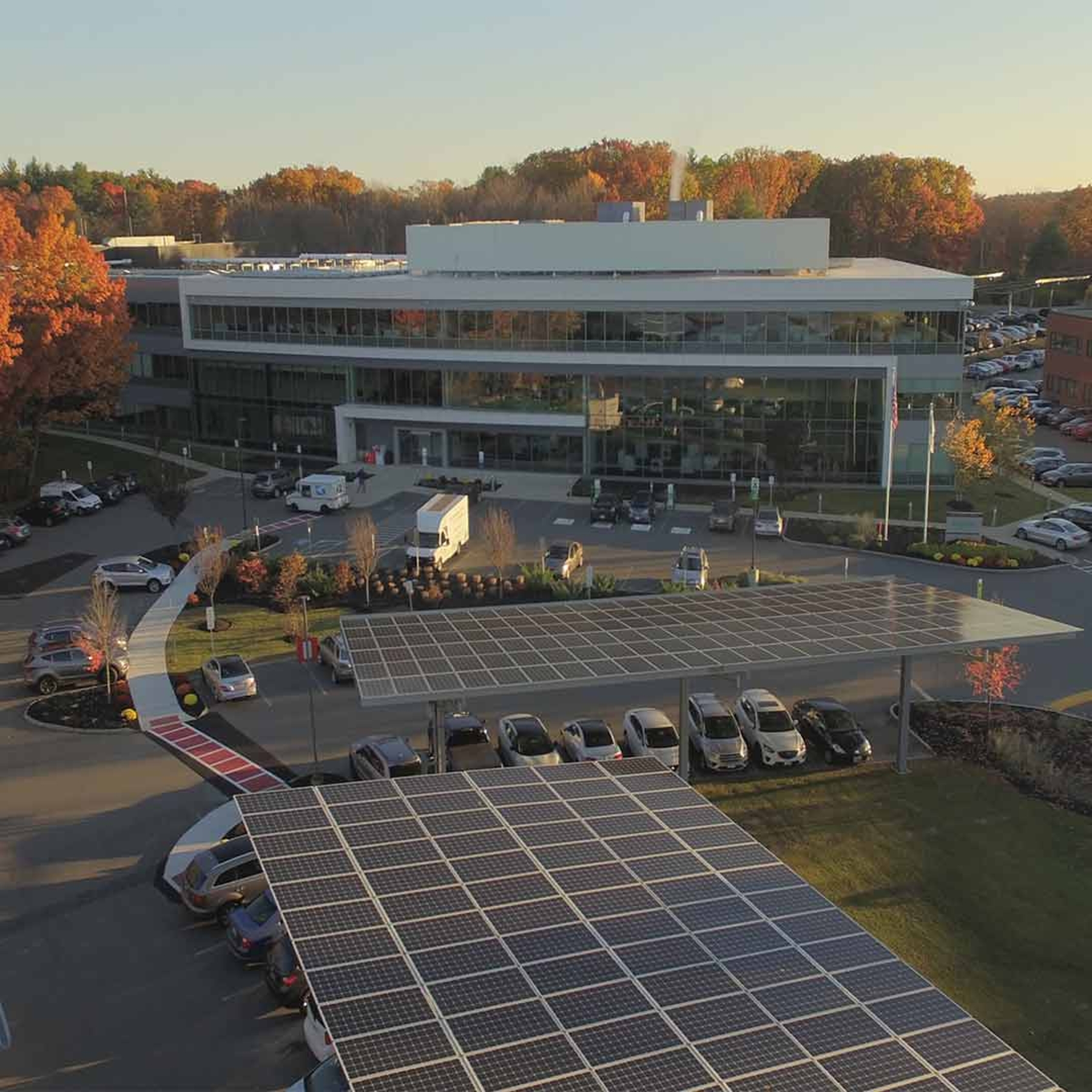
Microgrids: 10 key questions answered
Read now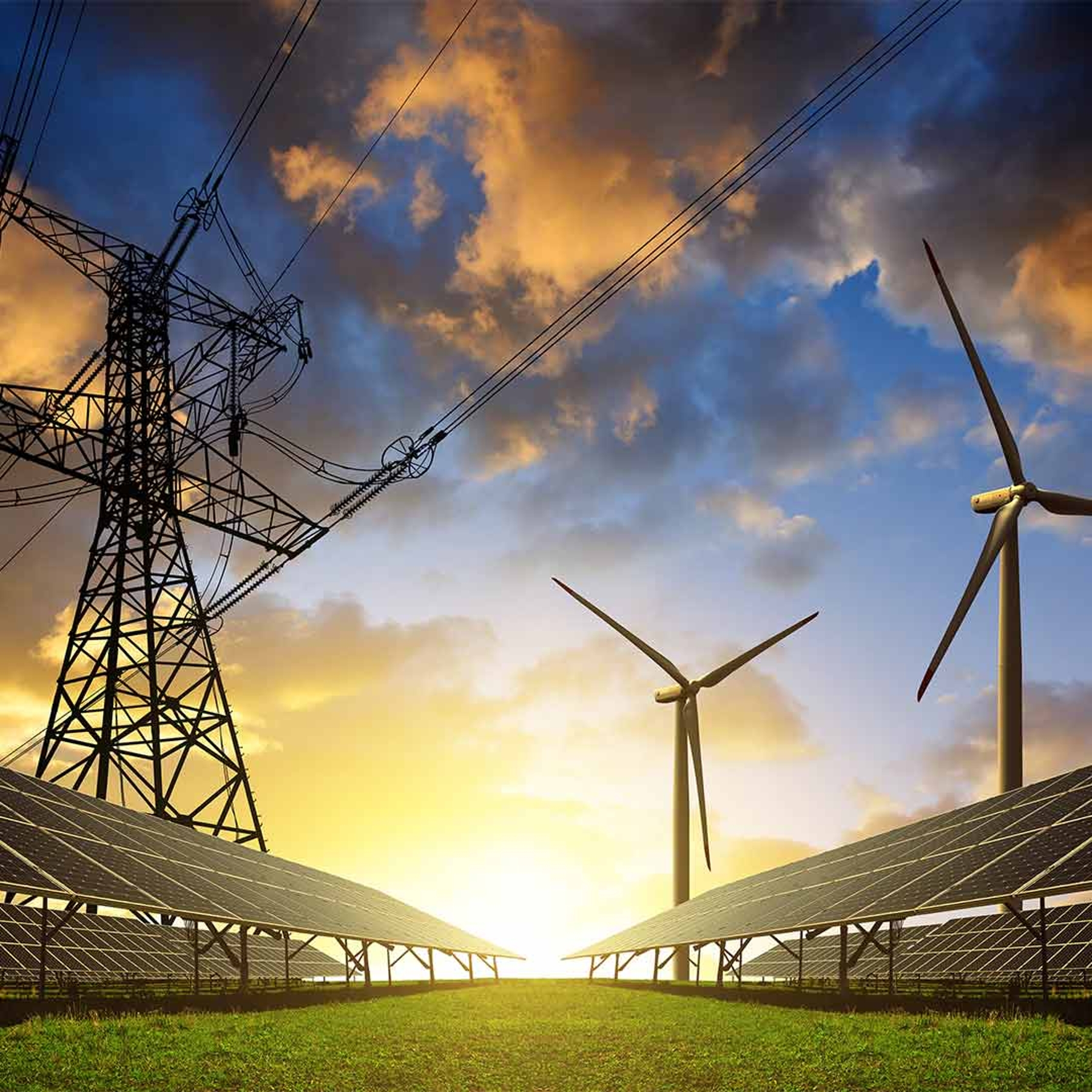
Making your energy work effectively
learn more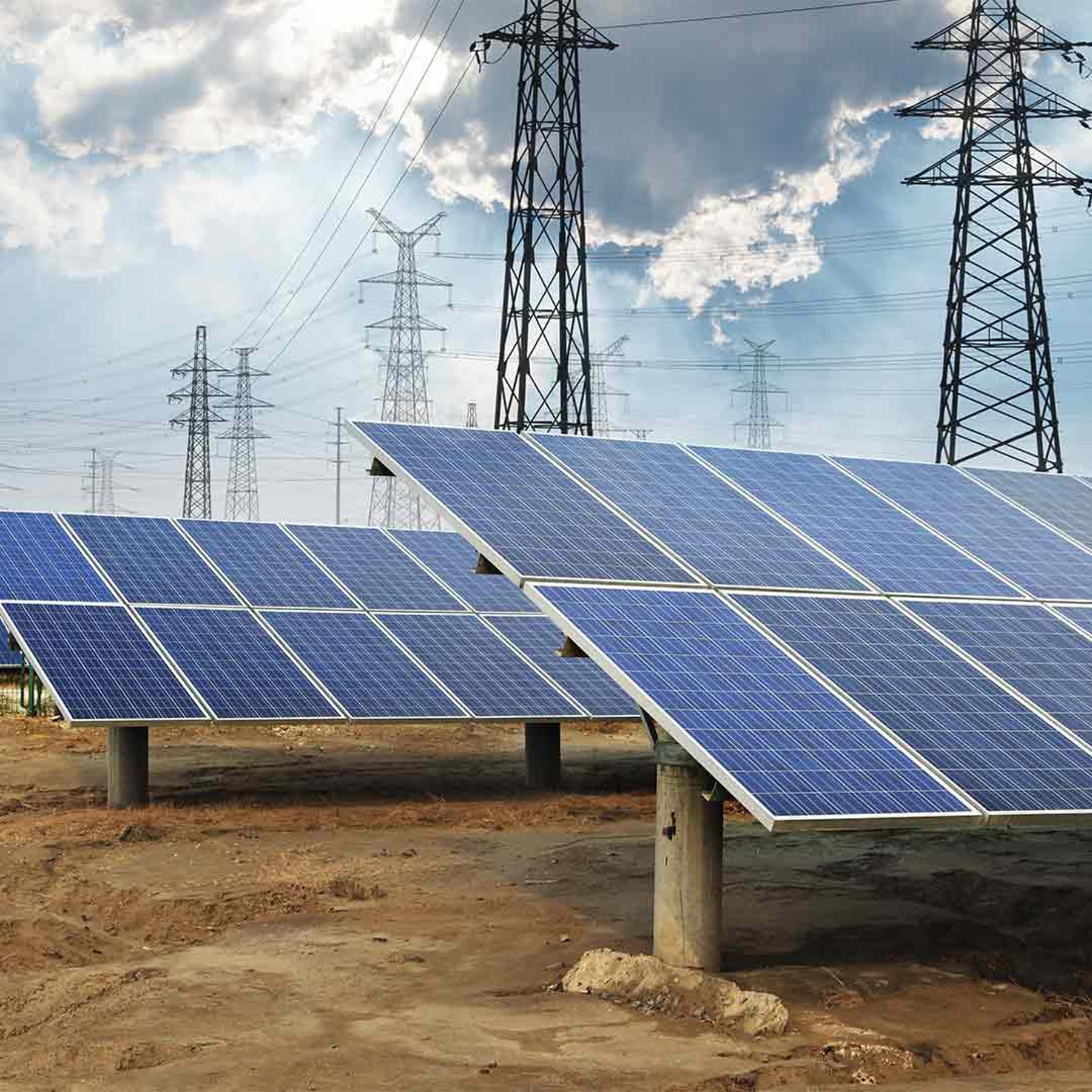
Home Page / Products
A microgrid is a self-contained electrical network that allows you to generate your own electricity on-site and use it when you need it most. For this purpose, your microgrid will connect, monitor, and control your facility’s distributed energy resources (DER) while enhancing performance, sustainable footprint, and resilience. You can operate microgrids while connected to the utility grid or in disconnected “island” mode. When the grid goes down or electricity prices peak, microgrids respond.
The three main benefits of microgrids:
A microgrid co-locates electricity generation and consumption. Unlike the utility grid, which generates electricity in a centralized power plant and then distributes it along hundreds of miles of transmission lines, a microgrid generates electricity on-site. For electricity generation, microgrids typically use some combination of backup diesel generators and renewables such as solar panels. Microgrids can incorporate battery systems to store electricity and deploy it during outages or when grid demand spikes.
Learn how microgrids work.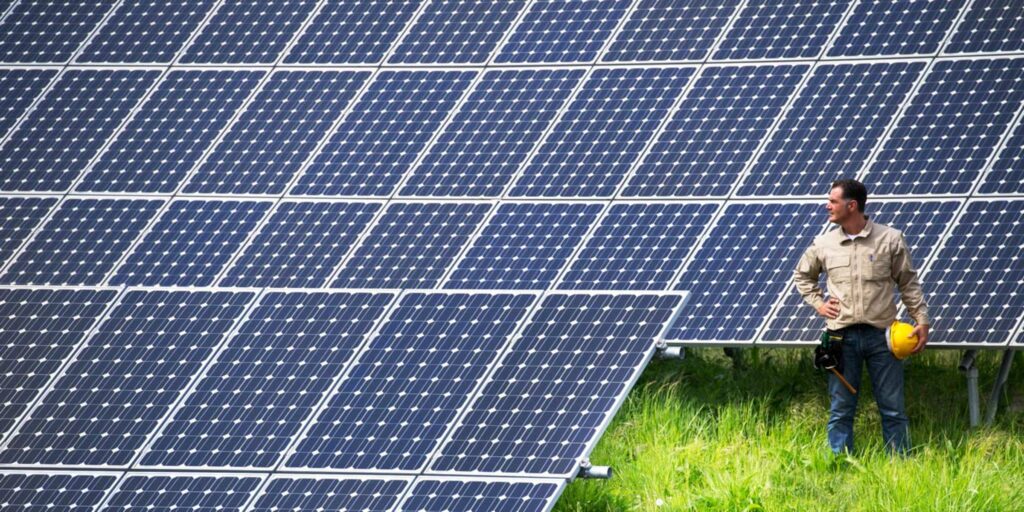
Today, organizations of all kinds are turning to microgrids and distributed energy resources for financial and sustainability benefits. We’ve worked with a diverse set of customers: from municipal governments and military bases to nature preserves and vertical farms. Microgrids can also be utilized in remote areas where energy access is limited or nonexistent to provide much-needed resources. Any organization seeking to gain control over energy costs, advance sustainability, and increase resiliency can benefit from a microgrid.
Microgrids range dramatically in complexity and size. The exciting answer for organizations is “it’s free” because an energy-as-a-service (EaaS) approach eliminates your upfront costs. A microgrid, in a more traditional way, is a CapEx and an OpEx model. In a project mode, it’s high CapEx and low or no OpEx, in an energy-as-a-service business model, it’s high OpEx. EaaS is a financing model for microgrids that allows you to avoid upfront costs. Similar to a software-as-a-service model, with EaaS you avoid capital expenditures and instead pay only for ongoing service.
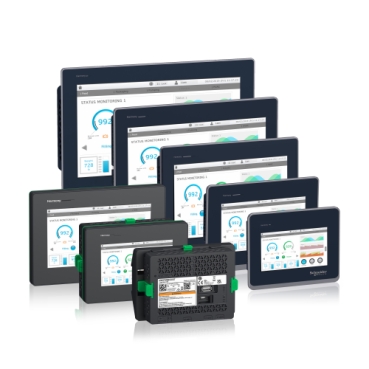
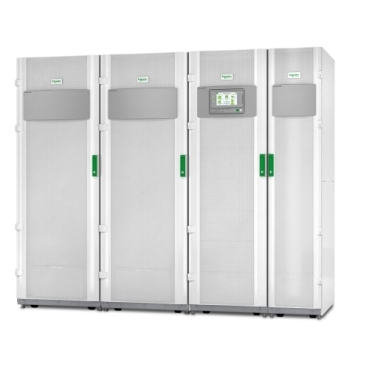
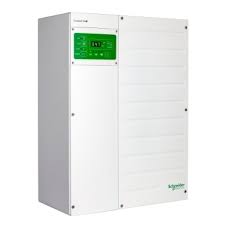

Businesses today are becoming energy prosumers with the ability to produce, consume, and control their own energy
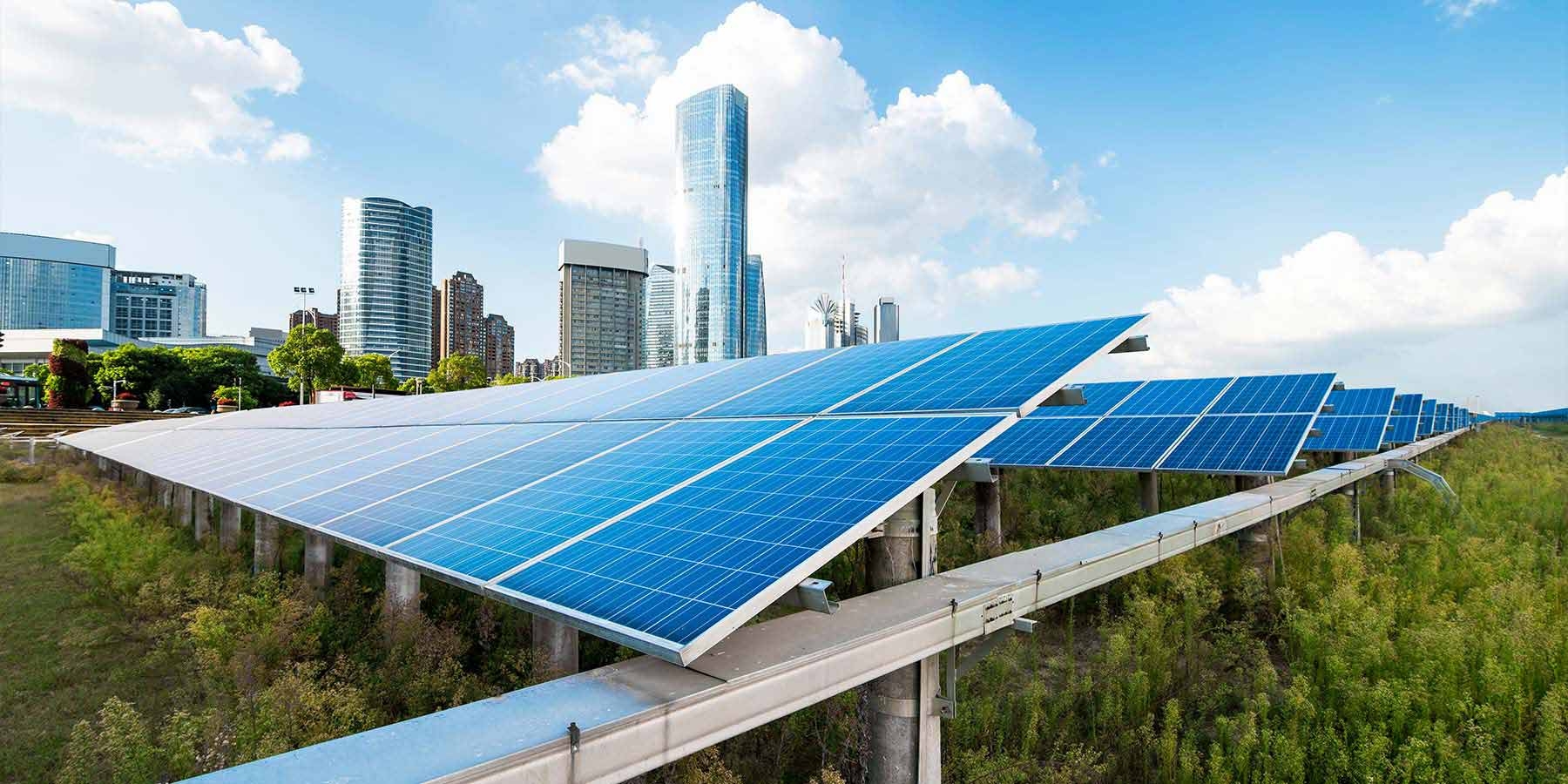
Learn how microgrids enable businesses to automatically make choices that provide economic and energy resilience benefits
This fresh produce wholesale market uses our microgrid solutions as part of its ambitious sustainability goals, which include cutting annual greenhouse gas emissions by 32%.
Located just west of Washington D.C., Montgomery County’s robust transit system is fueled by an electric vehicle fleet and a microgrid solution that is critical to their long-term climate goals.
This leading owner of urban centers in the Nordics implemented a microgrid solution to enable the smartest and most sustainable urban center on the market.
learn moreHow it works See how the microgrid plays a central role at Schneider Electric Boston One Campus
Want to make your organization’s power supply more flexible and sustainable? Microgrids can help, and Energy as a Service (EaaS) is a business model that eliminates financial risk
This nature reserve in Wisconsin, USA, is home to one of the world’s most advanced microgrid solutions

Capture the power of an all-digital, all- electric infrastructure for a more sustainable, resilient, efficient, and people-centric building.
Discover the Buildings of the Future
Modernize and future-proof your existing and future building management infrastructure with our open innovation ecosystem for smart buildings.
Explore our smart buildings solution
An end-to-end connected solution to integrate EV charging solutions into a microgrid system for optimized demand and electrification needs.
Discover our eMobility solution